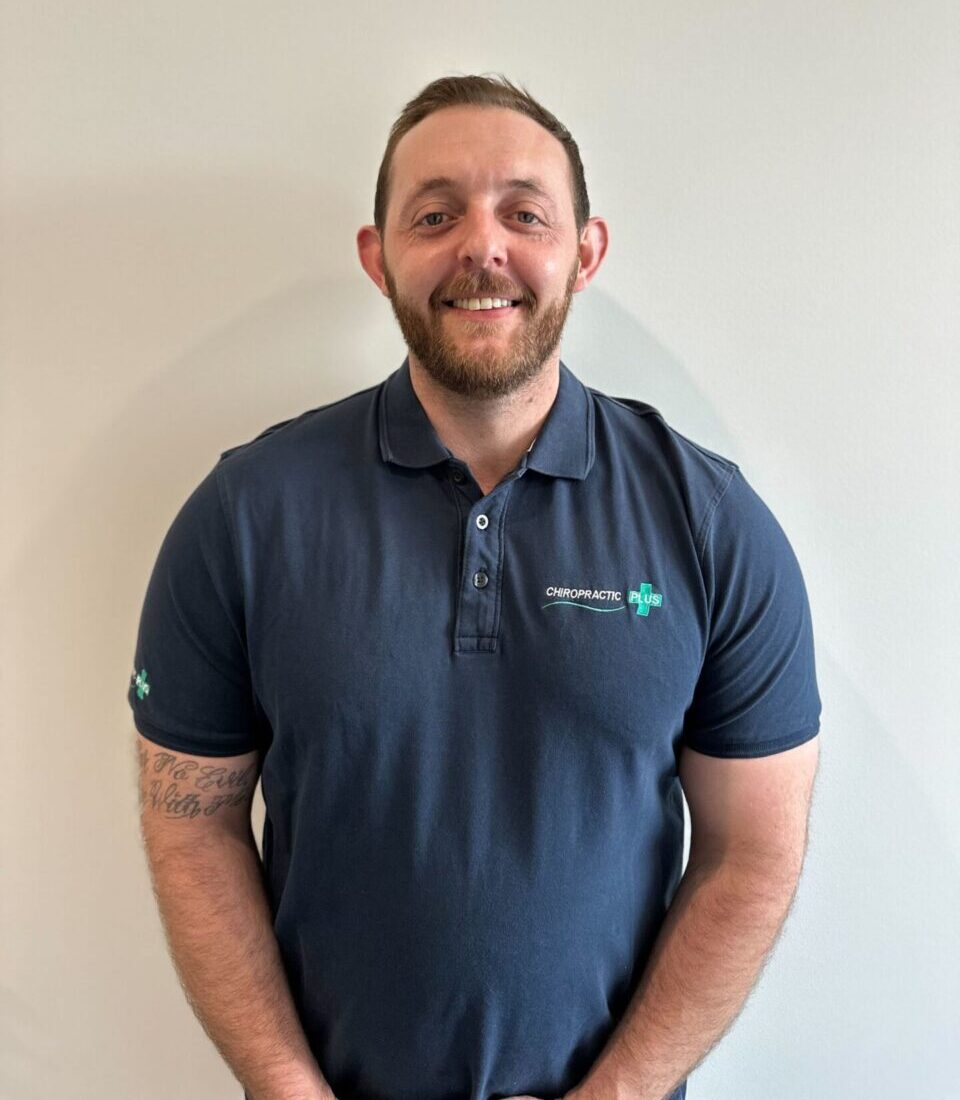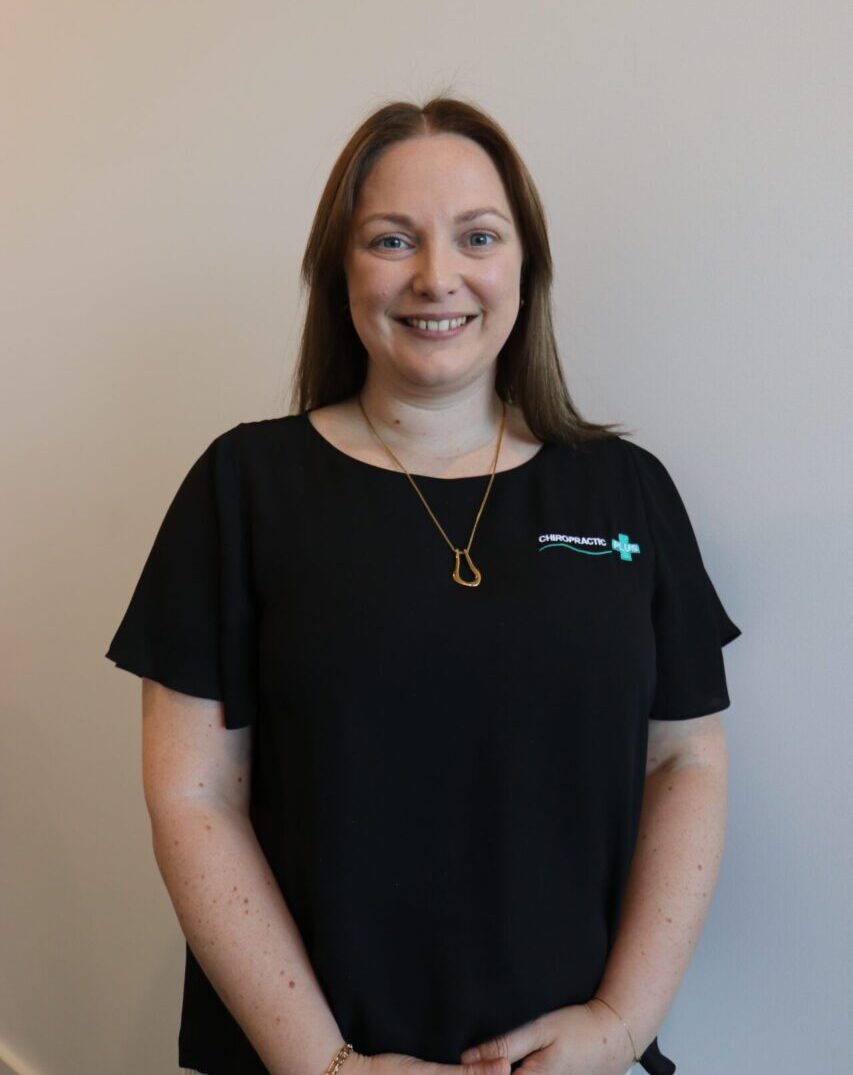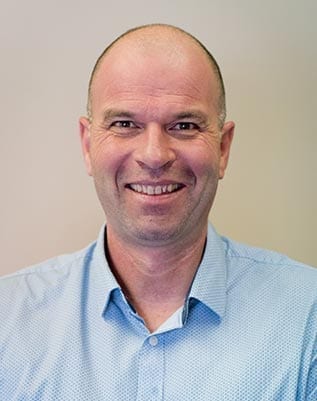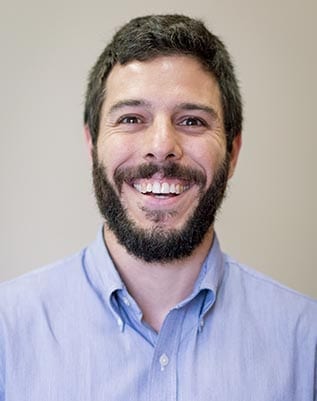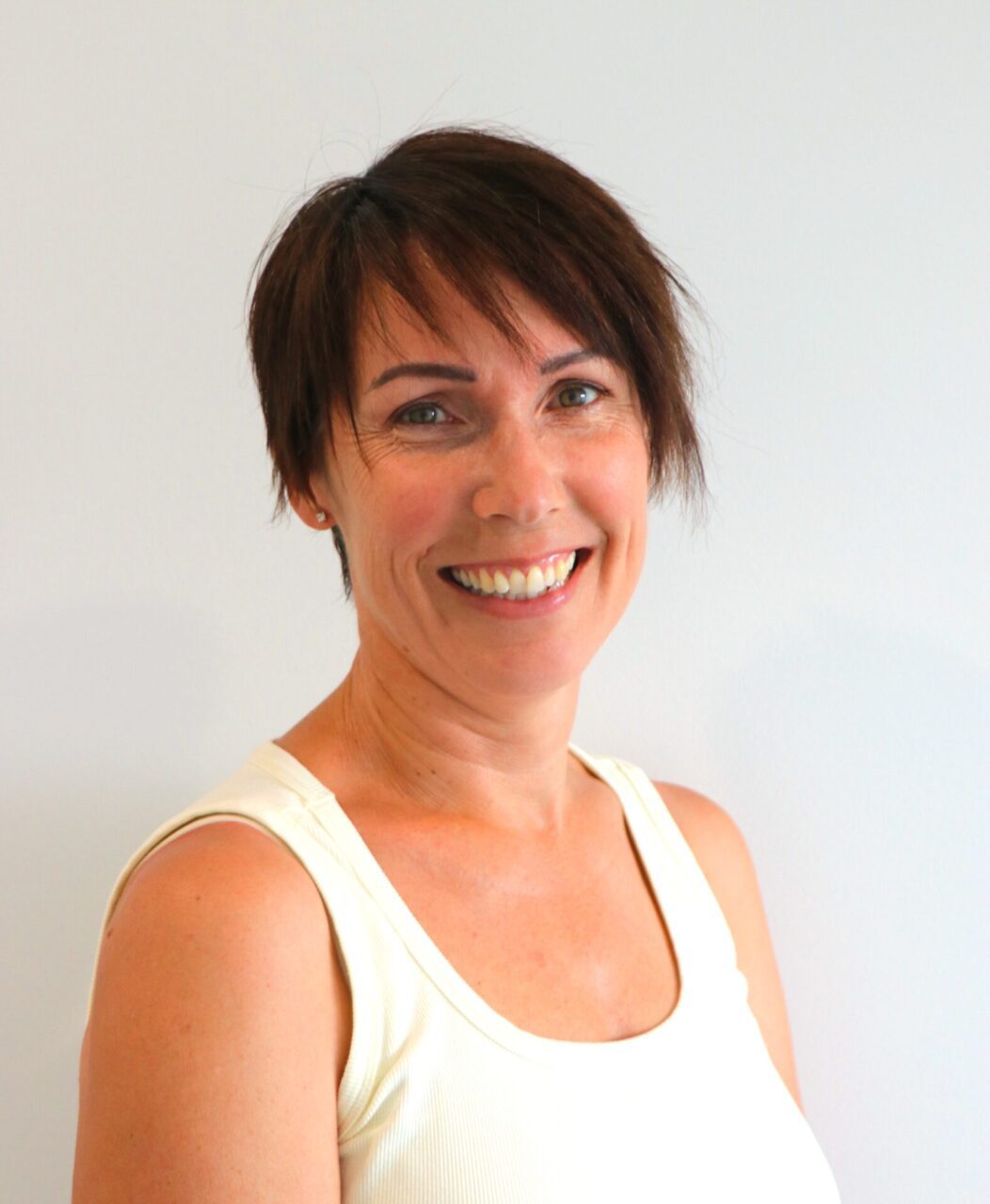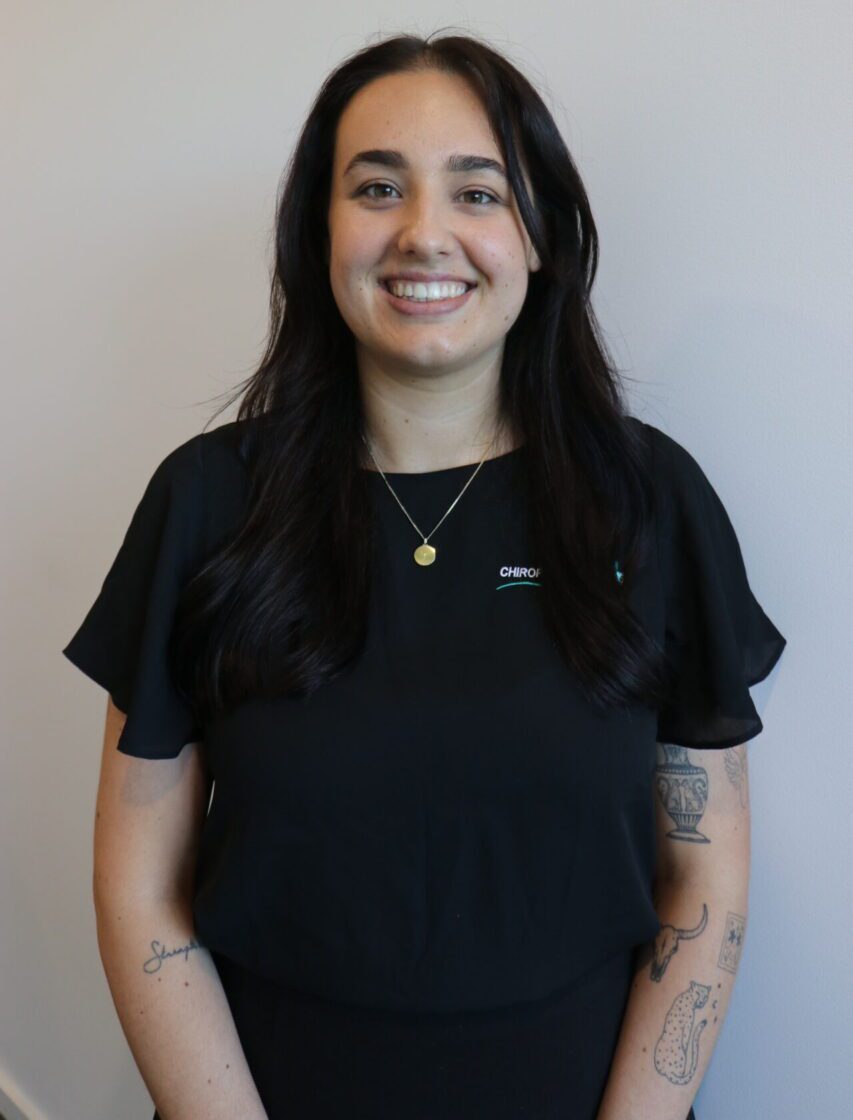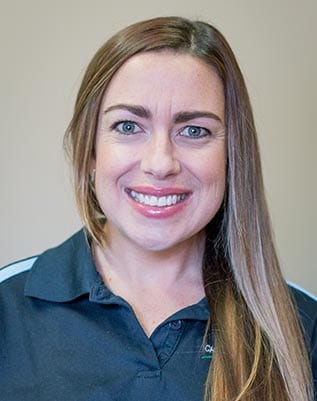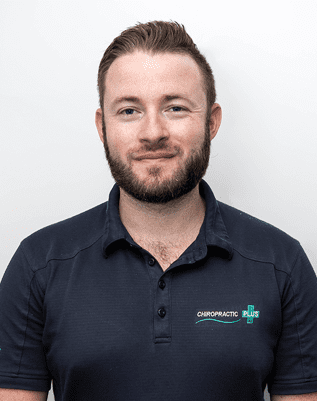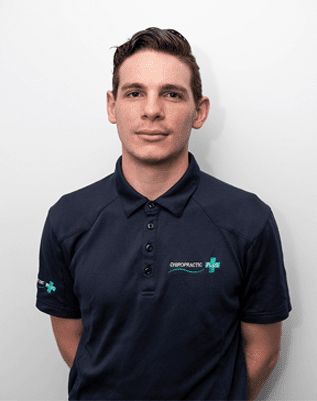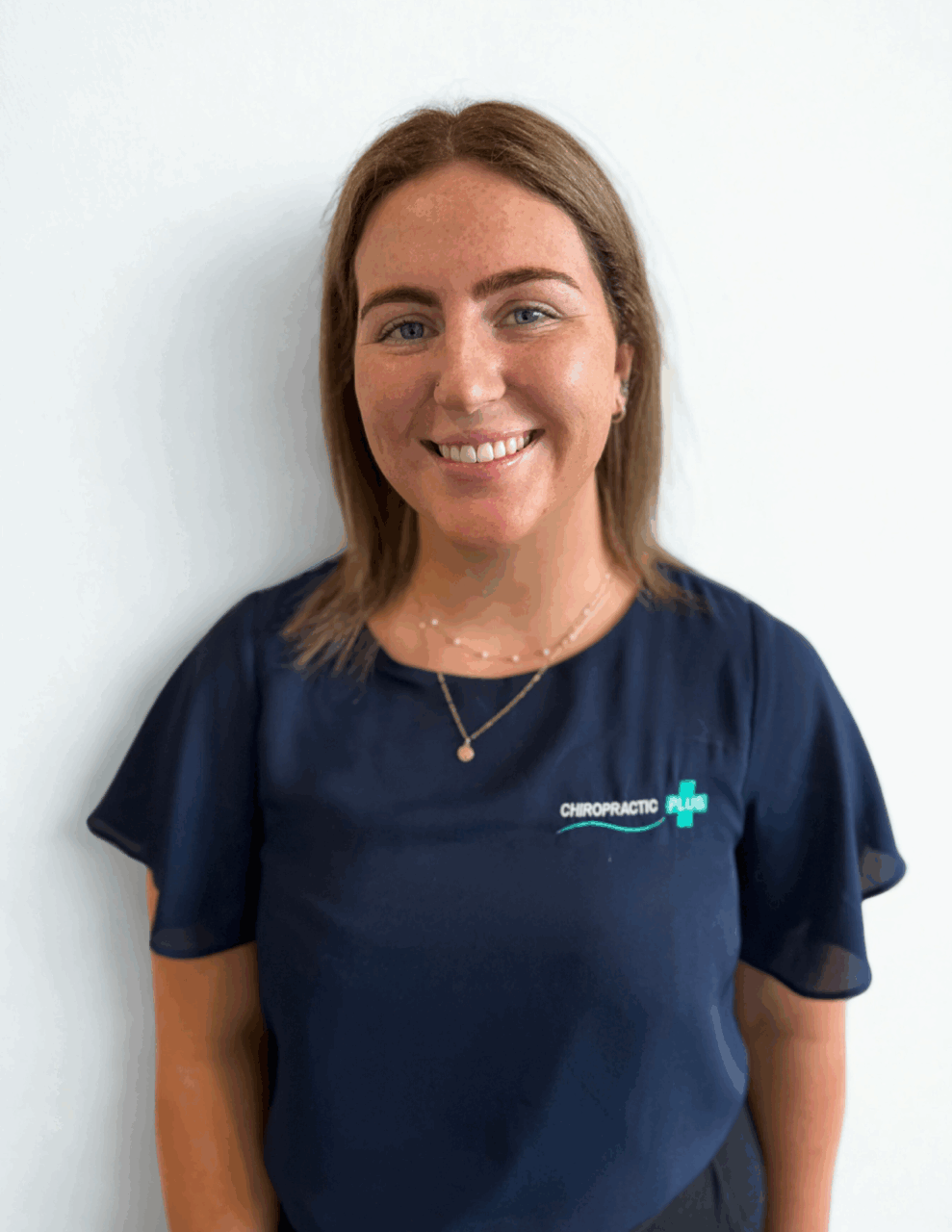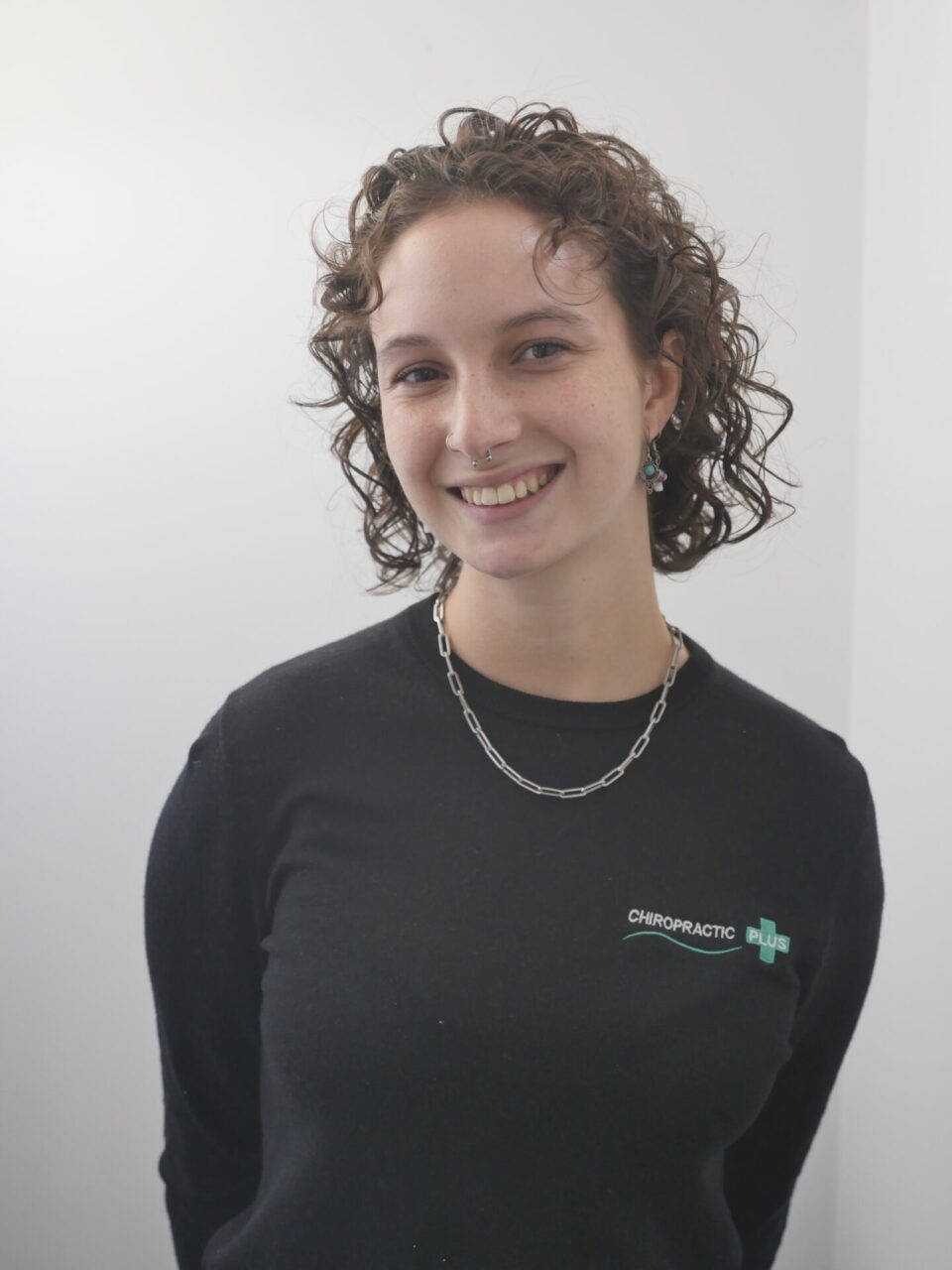Dry needling vs acupuncture
September 2, 2024 10:56 am
On the surface, acupuncture and dry needling may seem quite similar. For instance, both therapeutic techniques place thin filiform needles into the muscle for pain relief. However, the theory and training behind acupuncture vs dry needling differs significantly.
Originating in ancient Chinese medicine, acupuncture involves inserting needles into specific areas associated with energy flow in the hopes of restoring balance throughout the body. In contrast, dry needling is guided by anatomical and neurophysiological principles. This modern practice targets myofascial trigger points to release muscle tension, alleviate pain and increase range of motion.
Given their outward likeness, it’s understandable to get the two methods mixed up – particularly if you have never experienced either.
Below, we explain the core differences between dry needling and acupuncture so that you can determine which one is right for you.
What is dry needling?
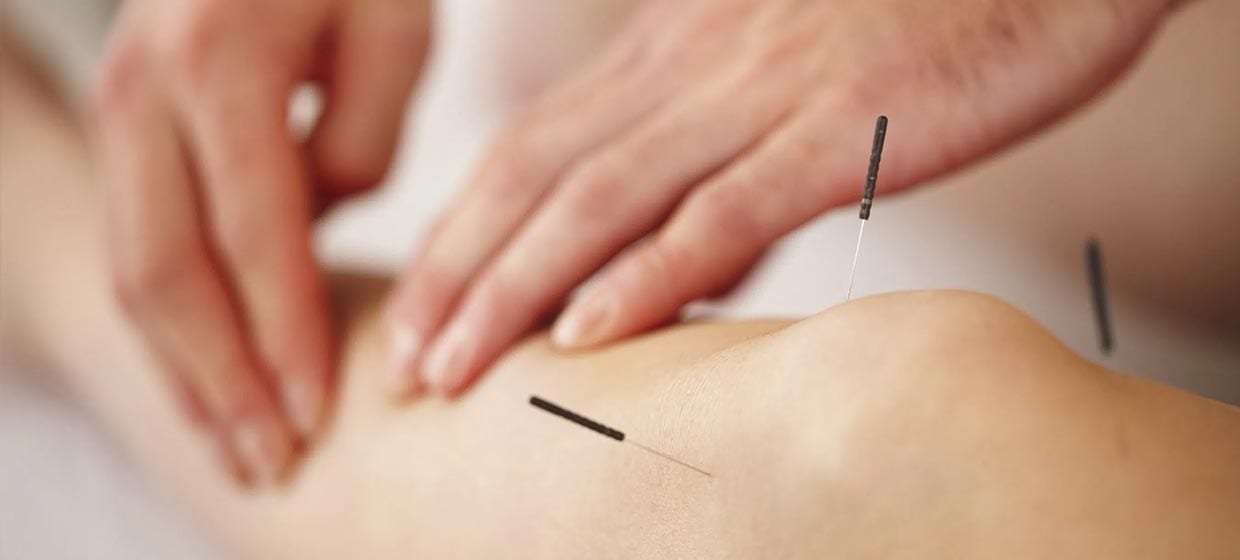
Similarly to acupuncture, dry needling offers clients a drug-free option for addressing musculoskeletal issues and myofascial pain.
But how is dry needling different from acupuncture?
These techniques have distinct ideologies and objectives. In dry needling, fine filament needles are inserted into myofascial trigger points or ‘muscle knots’. This action releases muscle tension to relieve pain, restore function and improve range of motion.
At your dry needling session, your therapist will palpate your body to identify myofascial trigger points to target. The duration and degree of needle insertion will vary according to the type and severity of the condition being addressed.
Learn more about how dry needling works.
What is dry needling used to help with?
Although there is no instant solution to chronic pain, dry needling has helped many clients restore function for more comfortable day-to-day living. It is typically used by physical therapists to achieve one of two goals:
- Soothe muscular pain and relieve large areas of tension. While dry needling research is relatively limited, a 2013 study suggests that this technique is more effective than a placebo in alleviating myofascial pain.
- Increase flexibility throughout the body to improve range of motion. Dry needling is sometimes used to help relax muscles during physical therapy, helping patients to perform exercises and ultimately heal faster.
If you’re battling stubborn knots in your shoulders and back, dry needling could help you find relief. This versatile treatment can target muscle trigger points, inflammation and discomfort caused by conditions like tendinitis or bursitis.
It’s also common among athletes dealing with sports injuries, as well as those suffering from neck and lower back pain, fibromyalgia, and a range of other neuromuscular conditions.
Unlike acupuncture, dry needling is usually just one of several components that your physical therapist may include in a wider plan.
What is acupuncture?
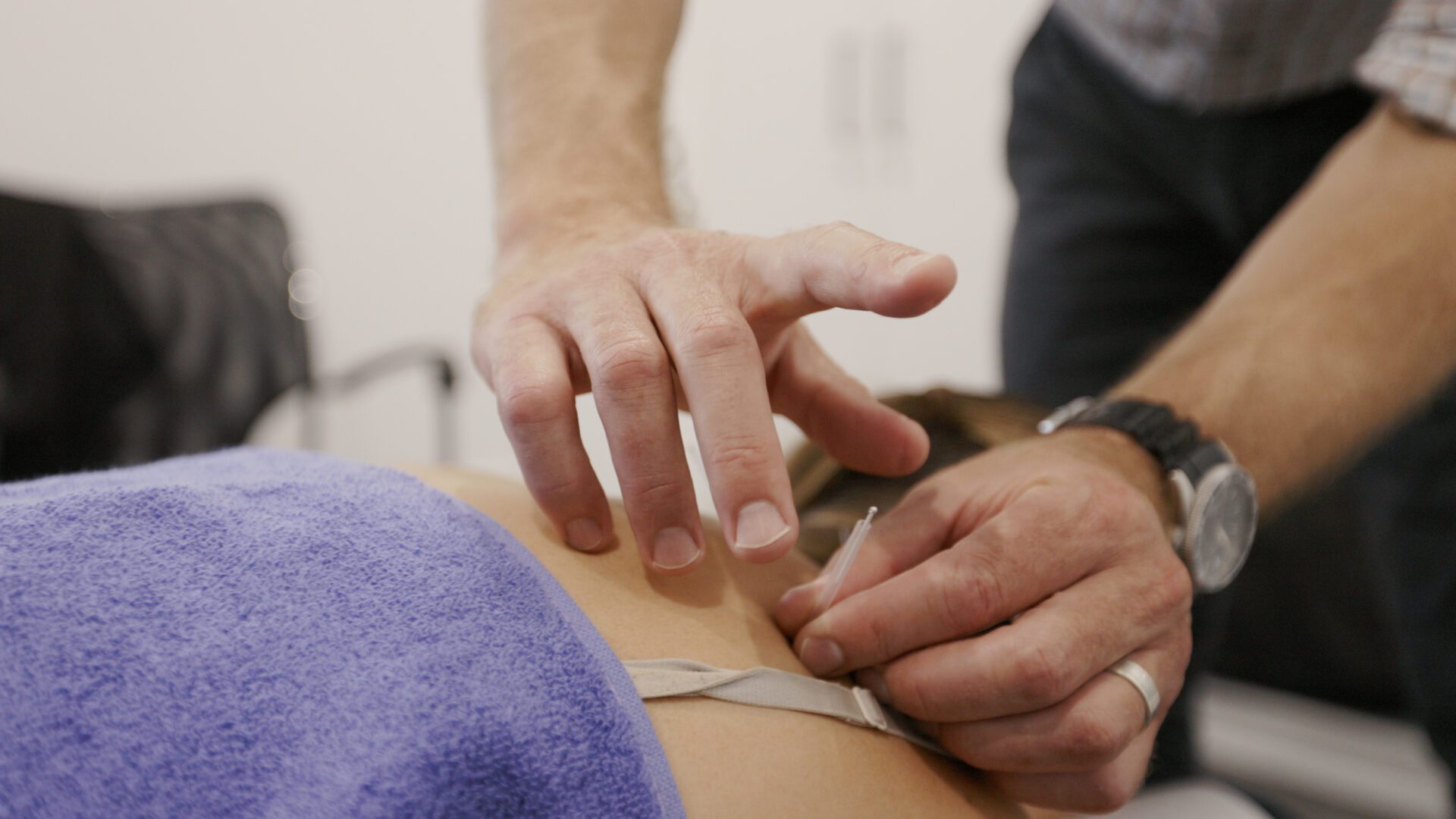
Dating back thousands of years, acupuncture is a form of traditional Chinese medicine that entails piercing the skin with thin needles at specific sites for therapeutic purposes.
These ‘meridian points’ are believed to be connected throughout the body, creating a flow of energy called qi, which maintains a healthy balance between the opposing forces of yin and yang. When this flow is disrupted, it can lead to pain and illness.
Therefore, acupuncture is performed to get rid of blockages at certain meridian points, in turn restoring one’s inner balance and health.
At your acupuncture session, the acupuncturist will assess your body to diagnose problem meridian points. Needles will then be administered to various parts of your body in line with the target sites. In general, these needles are removed after five to 30 minutes.
While acupuncture is an almost age-old technique, its practitioners are required to meet contemporary standards. To become a registered acupuncturist in Australia, you must complete a Bachelor of Health Science (Acupuncture) or a Bachelor of Applied Science (Chinese Medicine) – both of which require a minimum of four years of training.
What is acupuncture used to help with?
Acupuncture is used to tackle a wide array of physical and mental health issues.
This technique is based on ancient Chinese belief systems, with recent research lending to its efficacy. A 2010 meta-analysis of research studies suggests that acupuncture can provide short-term relief from chronic back pain, knee pain and headaches.
That said, it is also performed to address conditions such as:
- Fibromyalgia flare-ups
- Stiff neck
- Osteoarthritis discomfort
- Breathing difficulties like allergic rhinitis
- Trouble sleeping
- Stress
- Insomnia
- Nausea
- Allergies
- Cramps
How often you undergo acupuncture will depend on the severity of your symptoms.
Dry needling vs acupuncture compared
Philosophy
When it comes to comparing dry needling vs acupuncture, you must consider their origins and philosophies.
The first recorded use of acupuncture took place over 2,000 years ago in ancient China. Acupuncturists use this Traditional Chinese Medicine technique to address a range of mental and physical conditions, as opposed to concentrating solely on pain relief. Aiming to restore the internal balance of energy known as ‘qi’, it adopts a holistic framework to improve the body, mind and soul as a whole.
In contrast to acupuncture, dry needling is a relatively new therapy that considers Western anatomy and neurophysiology. Developed in the 1940s, this often supplementary modality is performed by allied health professionals to release myofascial trigger points in the muscle.
Focus
Dry needling is primarily used to reduce muscle tension, alleviate pain, and address dysfunction within the musculoskeletal system. It is commonly used in conjunction with other physical therapy techniques to support musculoskeletal health.
Acupuncture, on the other hand, takes a broader approach that may assist with various health concerns, including musculoskeletal issues, internal organ imbalances, and emotional disturbances and chronic digestive issues.
Type and number of needles
Both dry needling and acupuncture rely on single-use, sterile monofilament needles, which are safely disposed of in sharps containers after each session.
The choice of needle can vary based on the goals of your session. For example, dry needling might use slightly thicker needles that are more resistant to bending, particularly when targeting repetitive stimulation of muscles or tendons.
Additionally, although the number of needles used is flexible in both practices, dry needling usually involves fewer needles than acupuncture.
Needle insertion technique
As explained earlier, acupuncture practitioners carefully place needles into specific acupoints located along 14 energy pathways, known as meridians to help rebalance the body’s energy flow. Therefore, these areas might seem unrelated to your specific issue.
For instance, if you’re seeking relief from lower back pain, needles might be placed near your ears or in your feet, as these areas correspond to the relevant meridian.
Once the needles are inserted, your acupuncturist may gently manipulate them by twirling or moving them slightly, sometimes applying heat or mild electrical pulses for added effect.
In contrast, dry needling involves placing needles directly into muscle trigger points or tight bands of muscle tissue that are causing pain and restricting movement.
The practitioner will locate these tender spots through touch and insert the needles to target these specific areas.
Session duration
Dry needling sessions tend to be quicker than acupuncture, especially when combined with other pain management strategies such as soft tissue massage and electrical stimulation as part of a comprehensive treatment plan.
Feel good naturally with a therapeutic session in Newcastle, NSW
Dry needling is performed by physiotherapists, who insert needles into muscle tissue to reduce painful tension and enhance musculoskeletal function.
On the other hand, acupuncture is a form of traditional Chinese medicine that uses needles to restore the body’s energy flow and, in turn, address both mental and physical conditions.
Now that you know the ins and outs of acupuncture vs dry needling, you can determine which technique is best for your body and schedule it in!
Book an appointment with Chiropractic Plus in Newcastle or talk to our team today to learn more.



